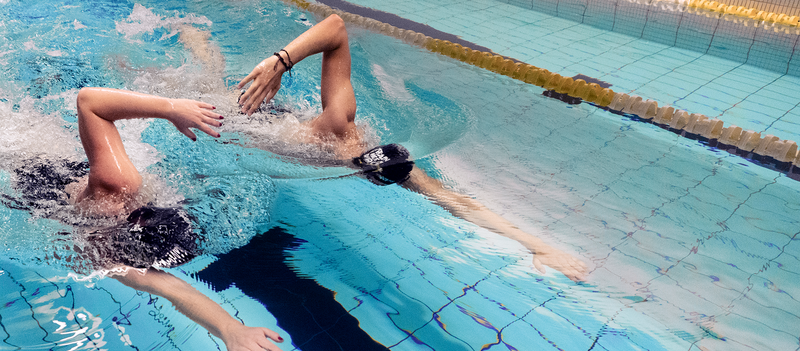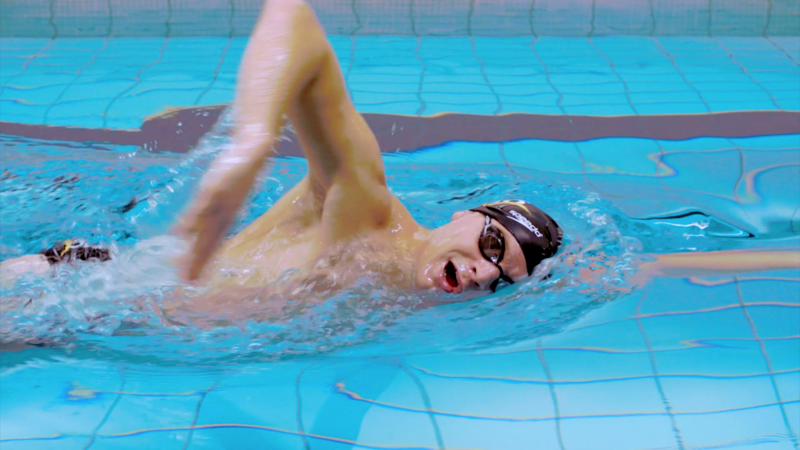Swimming blog - TIMING CREATE FORWARD MOMENTUM WITH THE RIGHT STROKE TIMING
Timing is really important in freestyle and determines the continuity of the stroke. Bad timing means there is a misfire in your stroke, stopping and starting the forward momentum. Of course, this is not what we want. We want to transition into each arm stroke as smoothly as possible. Here are the main causes of bad timing.
Pull & Recovery timing
One cause is the pull-recovery timing. We don’t want both hands by our side or above our head simultaneously. This is what we call catch-up, and we use this as a drill, but this is not the correct freestyle timing. Another common mistake is no pause at all, and swimming freestyle like a windmill. By doing this, there is no moment to take full advantage of your push-out and glide.
Start your catch when your recovery arm just passes your shoulder. The trick here, is to keep your front arm high and horizontal in the water, without pushing down on the water. To achieve this, you need to rotate your body. Getting this right also greatly impacts the timing of your breath.

Breathing
Breathing, of course. The great hiccup of swimming in general. Breathe too early, when the arm is still recovering over the top, and you create an awkward moment when the body is twisted by the head movement, which is not the natural rotation of the body. This creates a gallop motion, where the body is lifted out of the water for a moment, and this puts a lot of pressure on the shoulders. At this moment, the only possible thing to do is bring the recovery arm crashing down into the water and straight down. Not what we want.
Breathe too late and you are smelling your arm pits as the face is still turned to breathe when the recovering arm is about to re-enter the water. Another awkward moment indeed, besides your smelly armpits. This restricts and prevents the rotation of the body as a natural consequence of the leading arm starting the catch. Thus, again, breaking the timing and rhythm of the stroke – not what we want.
The breathing timing takes place as the leading hand enters the water, we snap our head to the side and coordinate this with the recovery hand that has started to move headwards. The recovery arm’s shoulder should help push our faces back into the water and well in time to prevent us from smelling our armpits.

How to practice?
The reverse single arm freestyle is a great drill to practice the timing of your stroke. Look at our tutorial on how to do this drill and do it often in your technique or skill sets. It will feel weird at first as most of the time one side is more coordinated than the other.
The switch drill is another great drill to get the timing right between the catch and recovery, since you can actually see when your arm is coming back. You pull, and at the same time your other arm comes back under water. Great technique and really polishes up our timing.
These drills are all incorporated in our stroke timing technique course that is, clearly, focused on improving your timing. You can find this course here.
It is always a perfect time to work on the quality of our stroke. It is a time where we can focus on our technique, with timing being an integral part of it. No time like the now!